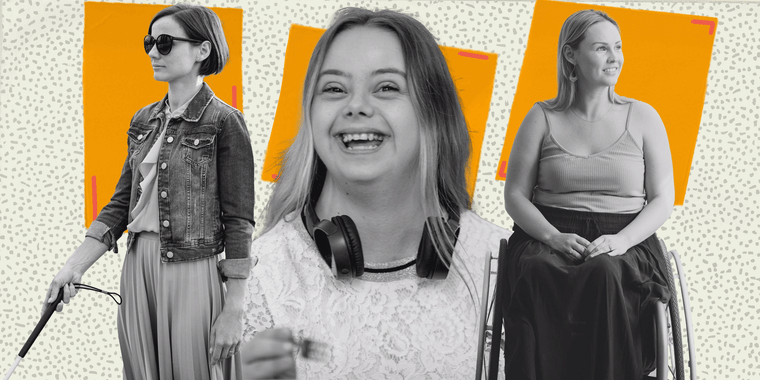In early 1990, the proposed Americans with Disabilities Act was stalling in Congress. After years and years of grassroots lobbying to pass legislation that would ensure civil rights protections for people with disabilities, the proposed ADA had passed through the Senate, but was receiving backlash in the House of Representatives. On March 12, 1992, protestors from around the country joined with local organizers in Washington D.C. and activists abandoned their wheelchairs and/or mobility supports to quite literally crawled up the steps of the U.S. Capitol. This demonstration, known as the “Capitol Crawl,” brought visibility to the disability community and the challenges that many of them faced in navigating their daily lives without government protections or accommodations. The Capitol Crawl was a powerful display of activism, and the Americans with Disabilities Act became law in July 1990.
Yet like many other pieces of civil rights legislation (such as the Voting Rights Act), the Americans with Disabilities Act continues to face scrutiny. In a 2019 blog post for the Disability Visibility Project, Amy Gaeta and Haley Moss critique an anti-ADA essay that goes so far as to suggest that “it is not the job of the national government to compel kindness.” This belief that ADA accommodations are not fundamental rights, but instead government "benevolence" is deeply rooted in ableism.
Ableism is defined as prejudice against disabled individuals; this prejudice is founded on the principle that people who are nondisabled are seen as superior. It is also premised on the belief that people who are disabled fundamentally need “fixing.” Qudsiya Naqui, a lawyer, activist and the host of "Down to the Struts" podcast about disability and design, describes ableism as “socially, politically, culturally entrenched perceptions of people with disabilities as less than or less valuable than nondisabled people.”
The ADA classifies disability as “a physical or mental impairment that substantially limits one or more major life activity.” Under this definition, people who are physically disabled could be visually impaired, deaf, have a traumatic brain injury and/or be an amputee, to name a few examples. People with mental disabilities (which is also referred to as being “neurologically diverse”) could live with anxiety, depression, bipolar disorder, a learning disability and/or fall on the autism spectrum.
Some historical examples of ableism include the eugenics movement of the late 19th and early 20th century, which was deeply rooted in the pernicious view that people with disabilities are seen as having less quality of life and therefore being, as disability rights advocate Alice Wong writes, “expendable.” But ableism can also show up in more covert, seemingly innocuous ways. Holding a business meeting in an inaccessible location or recording a webinar without closed captioning are examples of everyday ableism.
Naqui notes that when discussing the lived experiences of disabled people, “There are a couple of (ableist) tropes or paradigms. Often, there is a narrative of ‘inspiration porn.’ So, for example, you’re ascribing this inspirational status to someone who’s disabled for doing basic things because in your ableist beliefs, you think only abled people can accomplish something.
“And the other narrative is tragedy, like it’s tragic to be disabled," Naqui continued. "As someone who’s slowly been going to blind, there’s an assumption that I can’t live without sight. And that’s rooted in ableism.”
Many disability rights advocates write about an ableist view that describes disabled people as "broken," or implies that their quality of life is somehow "less than" because of their disability. Dr. Joseph A. Stramodo wrote in a blog post for the The American Journal of Bioethics about the gap between how a disabled person often perceives their own quality of life as opposed to the judgmental views from people who have not experienced disability. Stramodo stated that this gap reflects the ableist belief that being disabled “inevitably diminishes well-being.”
Naqui points out that, in some ways, ableism is similar to the other “isms” of racism, sexism, xenophobia, etc., and that we must be highly cognizant of how the marginalization that disabled people experience can be compounded by other identity markers.
So how can we fight ableism? “Listen to people with disabilities — let them tell you what they need,” Naqui said. She also points to the necessity of representation in media that isn’t either “inspiration porn” or “tragedy.” And when it comes to disability education, Naqui said we should use the same approach when normalizing conversations about race and racism — namely, start young.
“We need to see disability-positive messaging," Naqui said. "We didn’t learn about the disability rights movement in school, and this results in things that are really harmful, like ignorance and bullying."



